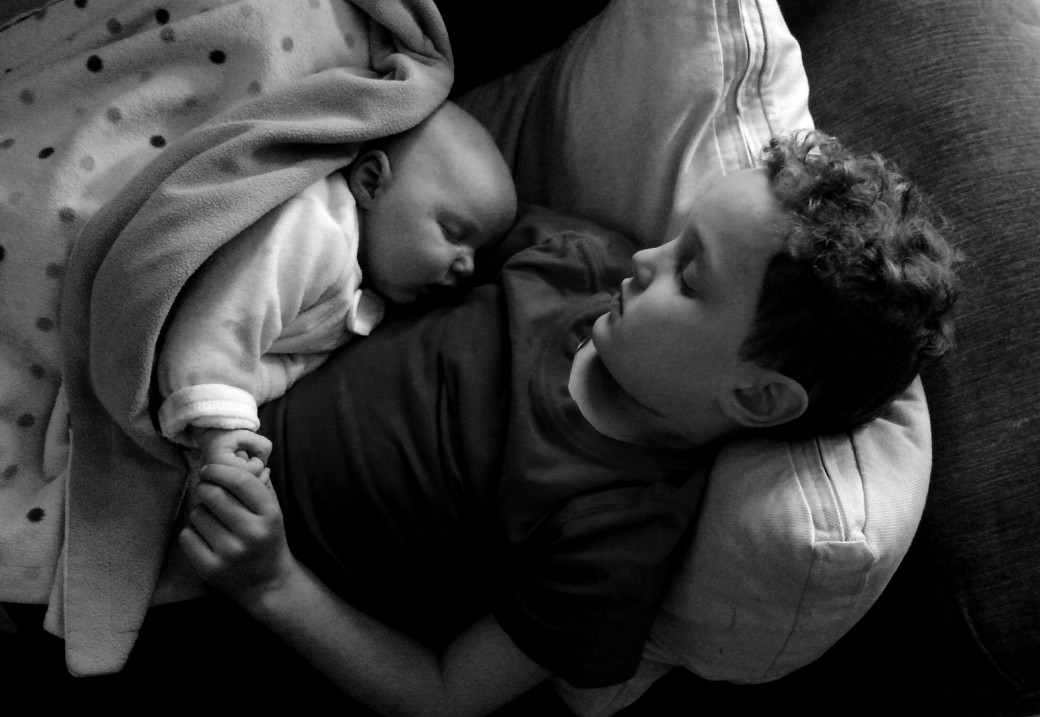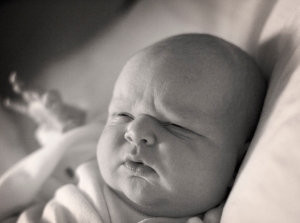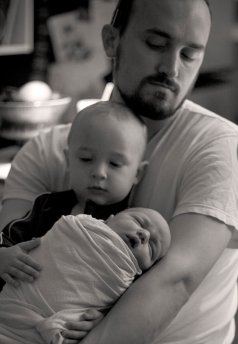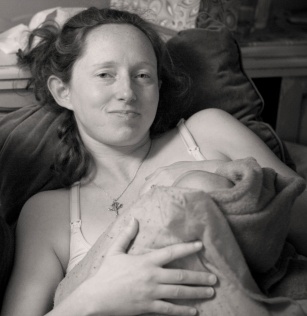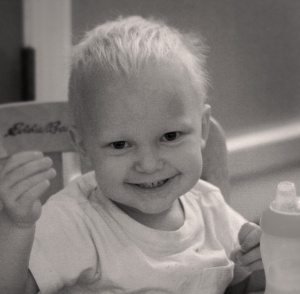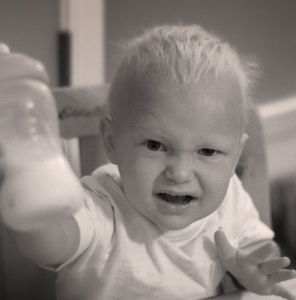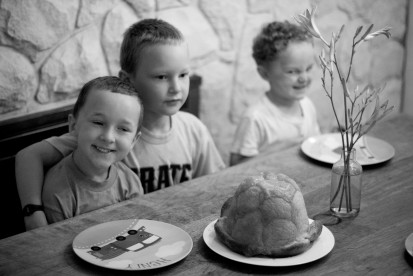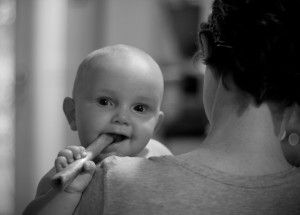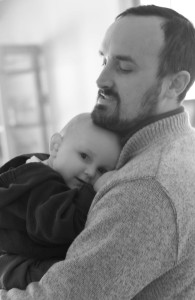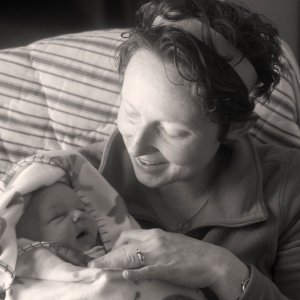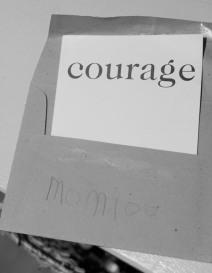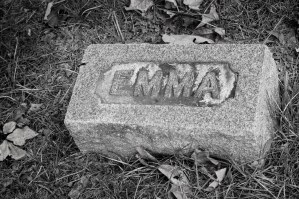“Why George?” Some asked after we named the baby. Besides being a good, strong Anglo name, we like the meaning (farmer) and we love his story.

Donatello’s sculpture in Florence depicts Saint George’s anxiety before he faces the “dragon.”
Apparently St. George’s historical details are less than settled, but it is likely that he was raised a Christian around modern Libya and became a soldier under Diocletian (sometimes called The Dragon). This emperor, like the others before him, was a Christophobe and demanded compliance with official beliefs. George refused his offers of wealth and was tortured on a “breaking wheel” multiple times before having his head cut off.
Saint George and the Dragon, a retelling of the legend by Margaret Hodges was one of our favorite books when I was a child. The illustrations by Trina Shart Hymen are rich, detailed and dramatic. St. George’s wounds, his heroic exhaustion, and the dragon’s fearsomeness speak as clearly as the good prose based on Spenser’s Fairy Queen.
In it “The Red Cross Knight” swallows his fear to conquer the dragon of wickedness and ruin–though it takes the patient guidance of his lady, multiple attempts of his failing strength, and divine aid (from life-giving water and an ancient apple tree) before at last, on the third day he rises, with his wounds, to triumph.
wickedness and ruin–though it takes the patient guidance of his lady, multiple attempts of his failing strength, and divine aid (from life-giving water and an ancient apple tree) before at last, on the third day he rises, with his wounds, to triumph.
This is a familiar path for heroes and for the rest of us: called away to serve somewhere largely unknown, we embark with the confidence of inexperience on a fight that is too big. So we fall, and get up, and fail and get up, and try with whatever courage we can find to get up again. And in this bare but blessed trying we win. This is a path through life that I can believe in, though it is not one I would have chosen if the way of the world had been left for me to sketch out.
 George also found his path difficult to follow, though his way to the dragon was guided by noble Una. For we read that “Sometimes the Red Cross Knight rode too far ahead of Una and lost his way. Then she had to find him and guide him back to the path.” But her womanly strength and mysterious beauty inspire George’s courage for “With Una at his side, fair and faithful, no monster or giant could stand before the knight’s bright sword.” Indeed, when a recent college grad, seeking his own path in the world, read the story to our boys one night he looked up at us and confessed, “I am looking for my Una.” As, of course, we all should be.
George also found his path difficult to follow, though his way to the dragon was guided by noble Una. For we read that “Sometimes the Red Cross Knight rode too far ahead of Una and lost his way. Then she had to find him and guide him back to the path.” But her womanly strength and mysterious beauty inspire George’s courage for “With Una at his side, fair and faithful, no monster or giant could stand before the knight’s bright sword.” Indeed, when a recent college grad, seeking his own path in the world, read the story to our boys one night he looked up at us and confessed, “I am looking for my Una.” As, of course, we all should be.
Our boys belong to the Troops of St. George and they celebrate his feast (April 23rd) together. I made shield cookies to commemorate it. I adapted and doubled the simple sugar cookie recipe from a 1957 Good Housekeeping Cookbook that I’ve been using for a decade. And while they sell cute shield cookie cutters, I was not forward looking enough to order one so I bent an apple cookie-cutter into a more shield-like shape. I dyed a small portion of the dough bright red for his famous red cross is the martyr’s symbol and went from there.
together. I made shield cookies to commemorate it. I adapted and doubled the simple sugar cookie recipe from a 1957 Good Housekeeping Cookbook that I’ve been using for a decade. And while they sell cute shield cookie cutters, I was not forward looking enough to order one so I bent an apple cookie-cutter into a more shield-like shape. I dyed a small portion of the dough bright red for his famous red cross is the martyr’s symbol and went from there.
Here’s the recipe:
1 1/3 c. shortening or butter creamed with 1 c. sugar. Add 2 eggs and beat until fluffy. Add 2 teaspoons vanilla and 4 tablespoons of milk. Combine 4 c. flour, 3 teaspoons baking powder, 1 teaspoon salt and stir into wet ingredients. Divide dough and chill for an hour. Then roll out–I like these thick (1/4″) and slightly cakey, and perhaps slightly under-cooked so I bake them at 350 degrees for 10 minutes or less, but you are welcome to bake them until they are golden brown–try 12 minutes. They are nice with frosting, but I am not always up for that mess.
By the way, April 23rd is also National Picnic Day, so if St. George is a little too potent for you popular culture has other options.

 infraction at school for saying “fart,” and if not, can you get one for actually farting–but what if you fart
infraction at school for saying “fart,” and if not, can you get one for actually farting–but what if you fart 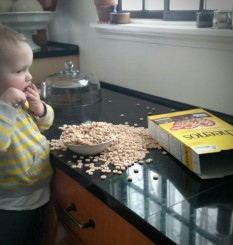 with perilous accuracy–the baby’s beautiful and still functional eyes. And the other toddler calls our attention to the cat, who is fanatically licking something clear spilled all over the floor. “He likes it!” The child exclaims.
with perilous accuracy–the baby’s beautiful and still functional eyes. And the other toddler calls our attention to the cat, who is fanatically licking something clear spilled all over the floor. “He likes it!” The child exclaims.

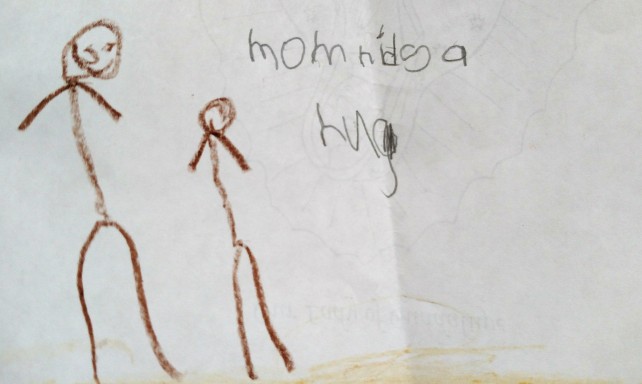
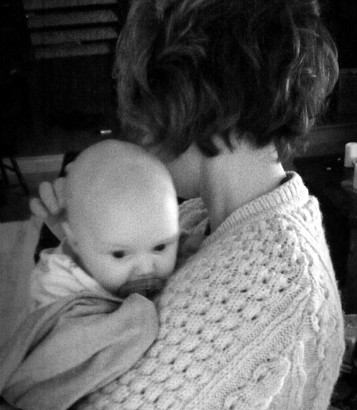 When my first son was born I was showing him to his great aunts when one of them asked, “So do you love him yet?”
When my first son was born I was showing him to his great aunts when one of them asked, “So do you love him yet?” 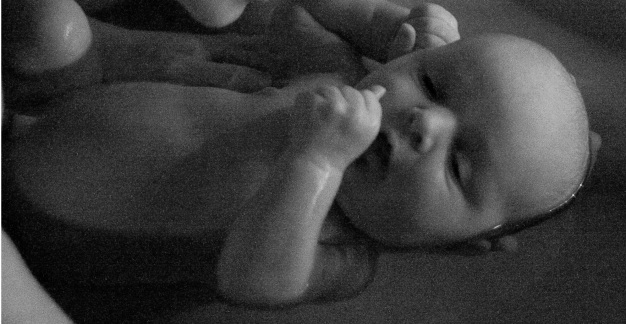
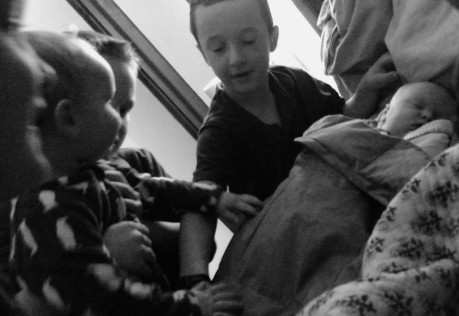
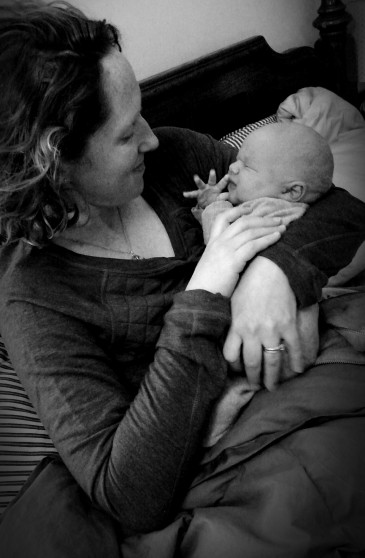 Since we don’t have a real reason to worry about this baby, I know that inducing would be mainly for my comfort, convenience, and my desire to be in control. All these things I cede every day because of love. Love does not insist on its comfort. It does not insist on its plan. Love is inconvenienced without complaint. “Love bears all things, believes all things, hopes all things, endures all things. Love never fails.”
Since we don’t have a real reason to worry about this baby, I know that inducing would be mainly for my comfort, convenience, and my desire to be in control. All these things I cede every day because of love. Love does not insist on its comfort. It does not insist on its plan. Love is inconvenienced without complaint. “Love bears all things, believes all things, hopes all things, endures all things. Love never fails.”